Why Do Some Animals Have More Chromosomes Then Humans?
7 Ways Animals Are Like Humans
Animals and Humans
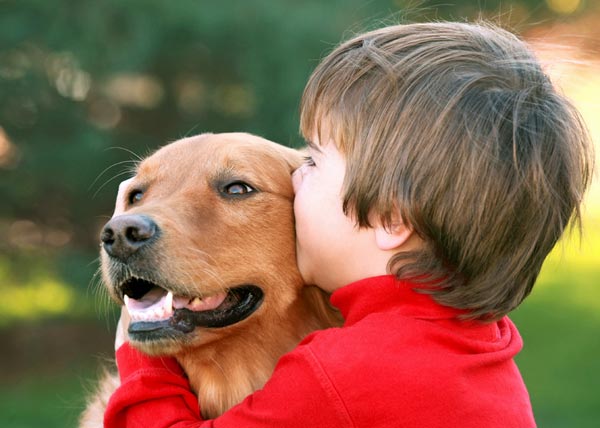
We humans similar to think of ourselves equally a special bunch, merely information technology turns out we have plenty in common with other animals. Math? A monkey can do information technology. Tool use? Hey, even birds have mastered that. Culture? Pitiful, folks — chimps take it, too.
Here's a list of some of the tiptop parallels betwixt humans and our beast kin. Y'all may be surprised at how similar nosotros are to even our afar relations.
Ears Like a Katydid
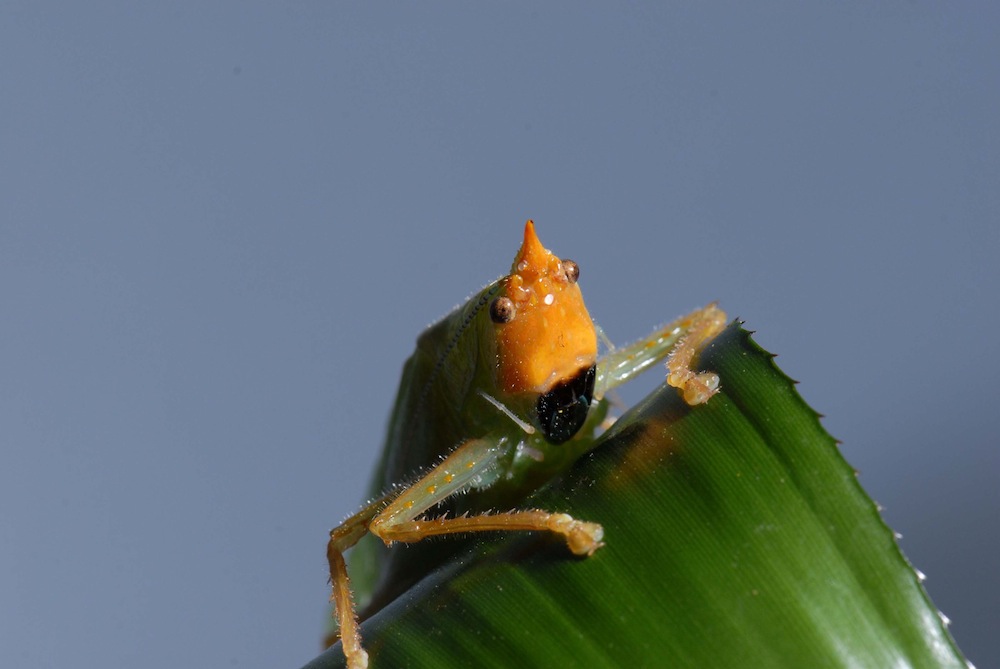
Humans have circuitous ears to translate sound waves into mechanical vibrations our brains can procedure. So, as it turns out, do katydids. Co-ordinate to enquiry published Nov. 16, 2012 in the periodical Scientific discipline, katydid ears are arranged very similarly to human ears, with eardrums, lever systems to dilate vibrations, and a fluid-filled vesicle where sensory cells wait to convey information to the nervous organization. Katydid ears are a bit simpler than ours, but they can also hear far above the human being range.
Worlds Like an Elephant
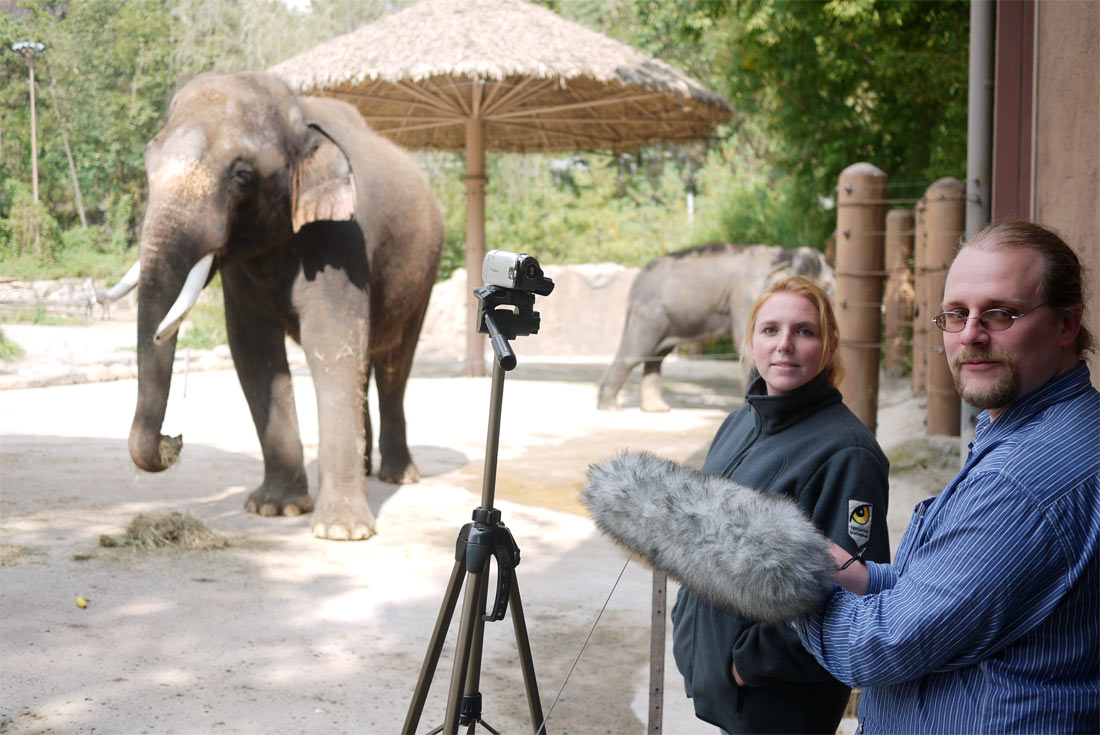
Humans exercise reign supreme in the loonshit of language (every bit far as we know), but fifty-fifty elephants can figure out how to make the same sounds nosotros do. According to researchers, an Asian elephant living in a Southward Korean zoo has learned to apply its trunk and throat to mimic human words. The elephant can say "hello," "good," "no," "sit downward" and "prevarication down," all in Korean, of course.
The elephant doesn't appear to know what these words mean. Scientists remember he may have picked upwardly the sounds because he was the only elephant at the zoo from when he was 5 to when he turned 12, leaving him to bond with humans instead.
The Facial Expressions of a Mouse

Practise you make weird faces when you're in pain? And then do mice. In 2010, researchers at McGill University and the University of British Columbia in Canada found that mice subjected to moderate hurting "grimace," just similar humans. The researchers said the results could be used to eliminate unnecessary suffering for lab animals by letting researchers know when something hurts the rodents.
The Slumber-Talk of a Dolphin

Dolphins may sleep-talk in whale song, according to French researchers who've recorded the marine mammals making the non-native sounds late at night. The five dolphins, which alive in a marine park in France, take heard whale songs just in recordings played during the twenty-four hours around their aquarium. But at nighttime, the dolphins seem to mimic the recordings during rest periods, a possible course of sleep-talking. And you thought your nocturnal mumblings were weird.
The House-Building Skill of an Octopus
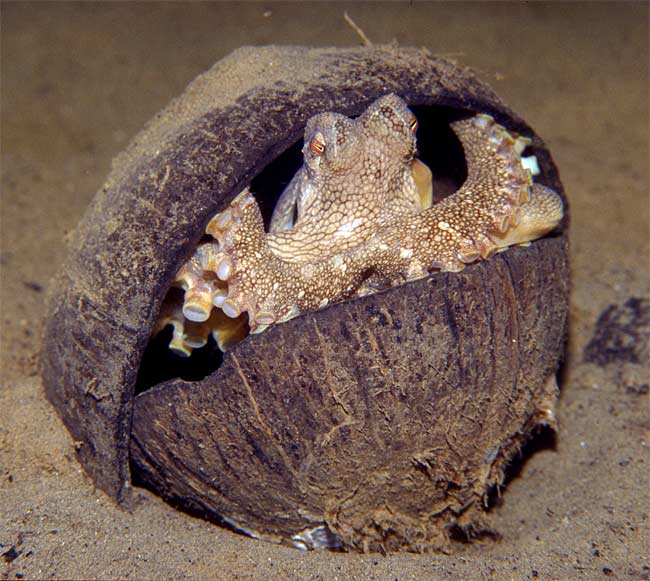
Okay, Frank Lloyd Wright's "Falling Water" it is not, but a home built by an octopus has the reward of being mobile.
The veined octopus (Amphioctopus marginatus) tin make mobile shelters out of coconut shells. When the animal wants to movement, all it has to practise is stack the shells like bowls, grasp them with stiff legs, and waddle abroad forth the ocean floor to a new location.
The Movements of a Brittle Star
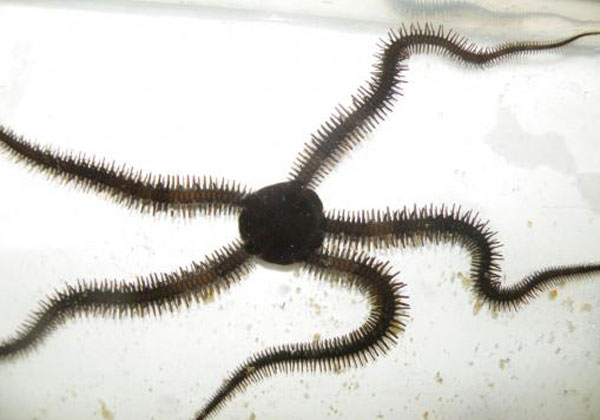
It'd be difficult to imagine an organism less similar a man than a brittle star, a starfish-like animal that doesn't even take a central nervous system. And yet these v-armed wonders move with coordination that mirrors human locomotion.
Brittle stars accept radial symmetry, pregnant their bodies can be split into matching halves by cartoon imaginary lines through their arms and central axis. Humans and other mammals, in comparing, accept bilateral symmetry: Y'all tin can split usa in half i manner, with a line fatigued straight through our bodies. Most of the time, animals with radial symmetry move piffling or motion upwardly and down, like a jellyfish that propels itself through the water. Breakable stars, even so, move frontward, perpendicular to their body axis — a skill usually reserved for the bilaterally symmetrical.
Encephalon Similar a Pigeon
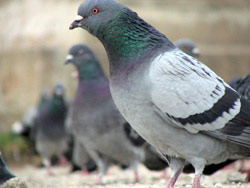
Gamblers in Vegas have something in common with pigeons on the sidewalk, and information technology's not just a fascination with shiny objects. In fact, pigeons make gambles merely like humans, making choices that leave them with less money in the long run for the elusive promise of a big payout.
When given a choice, pigeons will push a push button that gives them a big, rare payout rather than one that offers a small advantage at regular intervals. This questionable determination may stem from the surprise and excitement of the big reward, according to a written report published in 2010 in the journal Proceedings of the Royal Social club B. Human gamblers may be similarly lured in by the idea of major loot, no matter how long the odds.
Source: https://www.livescience.com/24807-ways-animals-humans-alike.html
Posted by: frostdescear.blogspot.com

0 Response to "Why Do Some Animals Have More Chromosomes Then Humans?"
Post a Comment